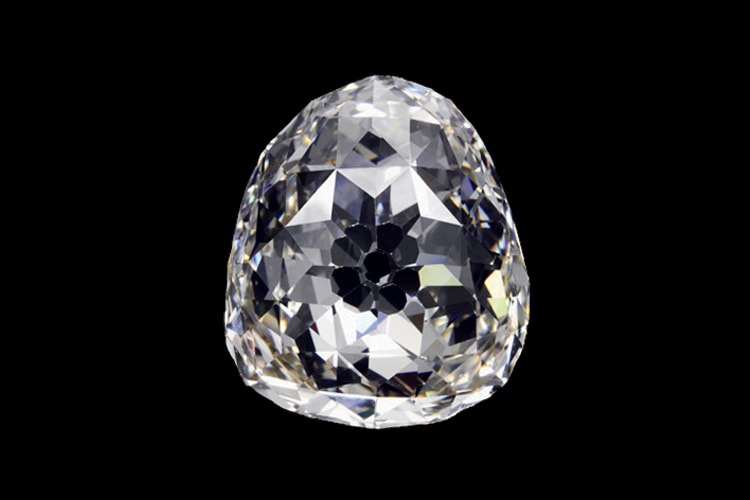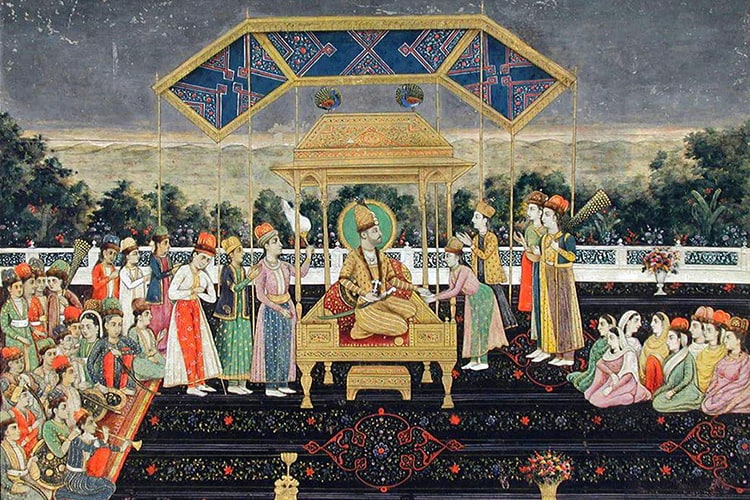History of Diamonds

India, and to a lesser extent Borneo, were the only source of diamonds until about 1730, when Brazilian deposits were discovered. In India, diamond was for thousands of years known as a symbol of power and religion. Most Indian diamonds were mined in alluvial deposits along rivers over many centuries.
Diamond was also highly regarded as a symbol of strength and wisdom in Buddhism. The Ratnapariksha of Buddhabhatta, a 6th-century Sanskrit lapidary treatise states: “[The one] who wears a diamond is protected against all dangers, be it by serpents, fire, poison, sickness, thieves, or evil spirits.”
The legends and the mysticism connected to diamonds were appreciated during the Roman Empire. With its fall, and the rise of Christianity in Europe, the situation changed and the appreciation for diamonds was greatly reduced for several centuries.
Another reason was the rise of Persia and Islam. As Middle Eastern states gained control over much of the trade with India, their rulers, who had a taste for lavish ornaments, took control of many of the larger and more attractive diamonds.

Nader Shah (1688-1747) – Shah of Iran- on the Peacock Throne, whose jewels included the Koh-i-Noor diamond. Photo Credit: Wikimedia Commons.
Once it became possible in Christian Europe to entertain ideas from the classical and Eastern traditions without the fear of being burned at the stake for heresy, the virtues of diamonds began to be recognised. Beginning in the 14th century, diamonds began to exert their power in the new Western culture of the Renaissance.

The Beau Sancy diamond was mined in India, appeared in Europe in the 16th century, and was owned by royalty until it was sold at a Sotheby’s auction in 2012. Photo Credits: Sotheby’s & RMN-GP.
Venice became the first European diamond centre from the 13th to the 16th century, as it was at its time one of the most important markets for all kinds of goods from the Orient. At that time, most diamonds reached Venice by the silk route through Persia and Arabia. Diamond trading later moved to Lisbon and Antwerp.

Diamond cutting in Venice (Italy). Photo Credit: Lang Antiques.
In the 18th century, when the Indian diamond mines declined, new and important diamond deposits were found in the states of Mato Grosso, Minas Gerais, Roraima, and Bahia in Brazil. After 1860, Brazilian diamond production rapidly declined, resulting in a great shortage of rough diamonds in the European cutting centres. After the discovery of South African deposits in 1870, production in Brazil nearly ceased.
South Africa was a powerhouse of diamond production, and deposits were discovered in other countries on the African continent during the 20th century. A lot of the mining and trading activities were linked to De Beers and its associated trading arms Diamond Trading Company (DTC) and Central Selling Organisation (CSO).

Premier diamond mine in South Africa, before 1903. Photo source: Wikimedia Commons.
The end of the 20th century saw new countries as major producers. In the space of a few years, Russia, Canada, and Australia became some of the most important sources for diamonds worldwide.

Ekati Diamond Mine in northern Canada. Photo source: Wikimedia Commons
Source: SSEF